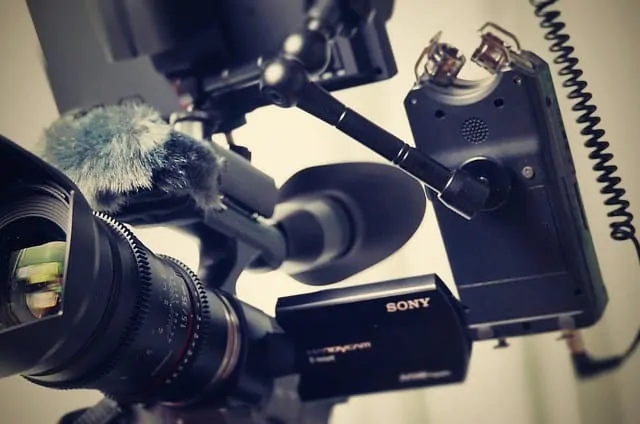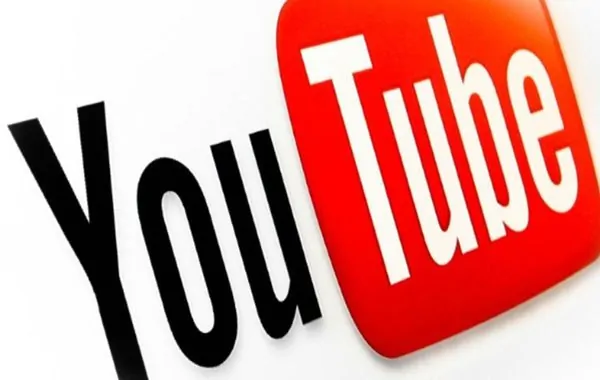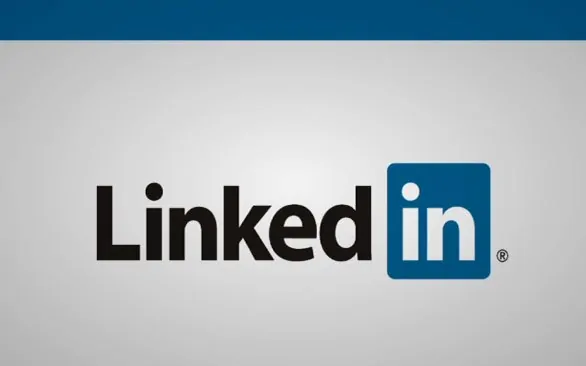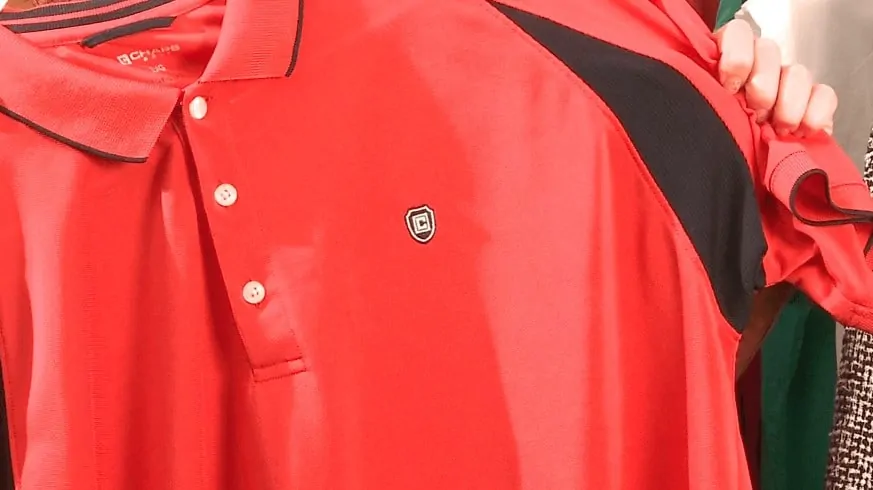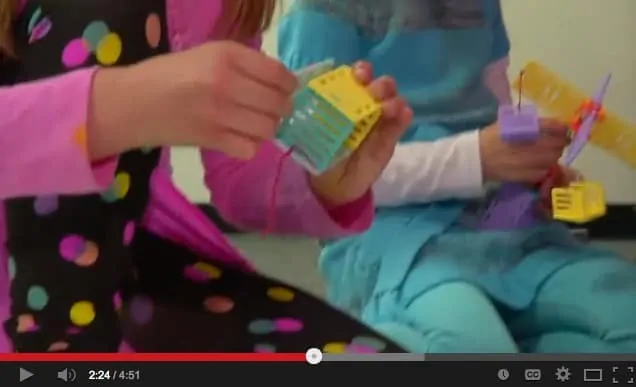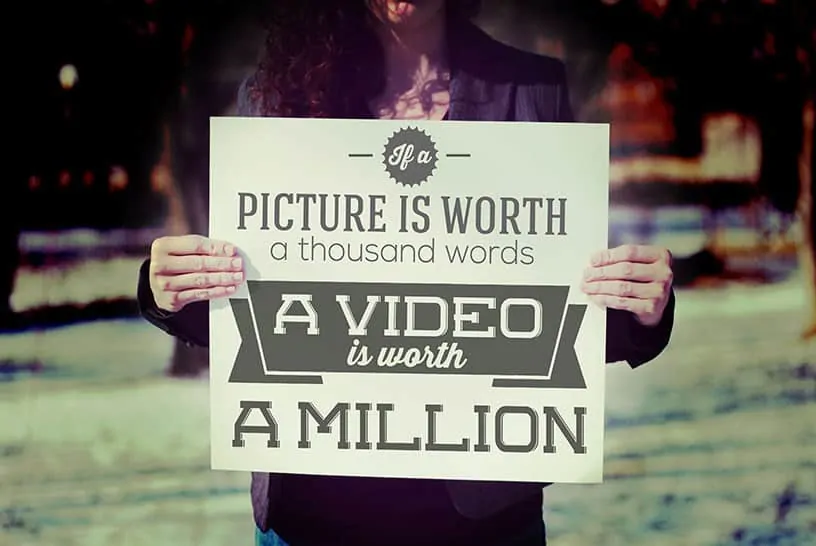Marketing: Get Creative!
If you’re creating a marketing strategy, you have likely thought about the website and possible videos to display. Video has become the hot thing to do! If you’re a small or large business not using video, listen up! We have a few tips to share about how to improve your marketing strategy. We know that text is the gold standard in conveying and sharing information. We do it all the time. Between text messages, website text, emails, etc., this has been the traditional way we share information with each other. That’s about to change. We’re seeing video pop up more and more on our social media feeds. We’re seeing video billboards. We’re seeing ads pop up on websites that are…what else? Video. The reason this is happening is because video is more engaging and the effect on the viewer is longer lasting. The other reason this is happening is because viewers can easily digest the information being shared. If you’re handed an owners manual or a video link, which would you use to learn how something new? We’d guess a link would be your choice.
Strategy: How Long Should My Video Be?
Given the above, how long should videos be? We’ve talked about this before in a previous post. Since the attention span of viewers is relatively short, we recommend your video be short. Short means different things to different people, so when we say short, we mean approximately 60 seconds for some and 90 seconds for others. Think about Twitter, SnapChat, Vine…all of those platforms force us to keep it short and to the point. Besides, don’t you like to learn something quickly and move on? That doesn’t mean that longer videos should never be used. Longer videos should be used when appropriate, such as, client testimonials, office tours, or any time it really takes a little longer than 60 seconds to say what needs to be said.
How to Make Your Video Better
Tell stories. People love to listen to stories. Interestingly, videos that tell a story get watched more often than those that don’t. Videos that tell a story and move you emotionally are the ones that get shared most. For example, Samsung created and posted this ad for their new service for the hearing impaired. We shared these because we care about the message and want others to see it.
Think “What Should the Viewer Do Next?”
At the end, are people left wondering, what was the point? Should I click on something? Should I share it? Or did I just waste some of my valuable time? More than likely, you have some form of call to action that you want your viewer to take. Don’t be shy about asking them to do it. Whether it’s “Donate Now” or “Call Us Today,” there should be some call to action so the viewer knows exactly what to do and why they watched the video.
Video SEO
I hope you realize by now that you must optimize your videos to get the most traction with Google and other search engines. Believe it or not you can insert transcriptions into your videos on YouTube…and it’s extremely easy. In fact, YouTube does it for you… automatically. The reason this is important is because these words are like the text on a website. This is where the keywords that are spoken are converted to text and indexed as keywords. If you want to optimize your video for search (for both Google and YouTube…the number 1 and 2 search engines on the planet), you should create a transcription in your videos. These are just a few tips that we hope will help you create and get the most out of your video. If you have any questions, feel free to give us a call.
Related Articles:
Hotel Video Production Marketing Strategy
5 Reasons To Include Video in Your Marketing Plan & Strategy


